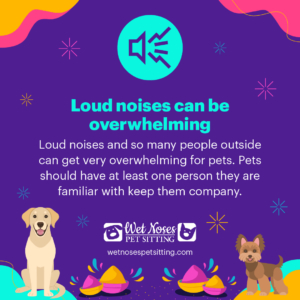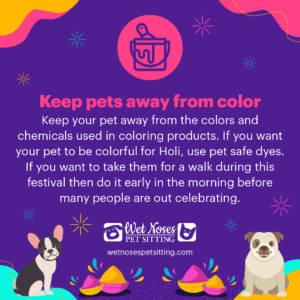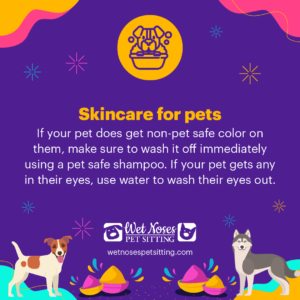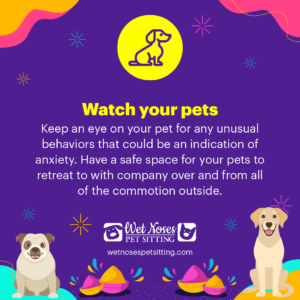What is FIV and Can Cats Live Fulfilling Lives While FIV+
What is FIV and Can Cats Live Fulfilling Lives While FIV+
Feline Immunodeficiency Virus (FIV) is a viral infection that affects 2-4% of cats worldwide. Some estimates have the number of cats infected at about 2.5 million worldwide.
Although it may sound daunting, being FIV positive doesn’t necessarily mean a cat’s life is doomed. With proper care, FIV+ cats can still live fulfilling and enjoyable lives. In this article, we will delve into what FIV is, explore the clinical signs associated with the virus, debunk common myths surrounding FIV, and hear from owners of cats living with FIV. By understanding the nature of FIV and the experiences of those who care for FIV+ cats, we can help dispel misconceptions and provide guidance for providing the best possible care for these special feline companions.
How is FIV transmitted?
FIV is primarily transmitted through deep bite wounds, where the virus can be present in the saliva of an infected cat. It is important to note that FIV is not easily spread through casual contact, such as sharing food bowls, grooming, or simply being in close proximity to an infected cat. Transmission can occur during aggressive fights between cats, especially among unneutered males who are more prone to territorial disputes. It is recommended to spay/neuter cats and provide a safe and controlled environment to minimize the risk of exposure to FIV. Additionally, mother cats may transmit the virus to their kittens during birth or through nursing. However, with proper precautions, responsible management, and education about the modes of transmission, the risk of spreading FIV can be significantly reduced.
To date there are no vaccines available in North America to prevent this disease. Testing for FIV can alleviate a cat owner’s concern along with keeping your cat indoors at all times.
Clinical signs of FIV
FIV is a lentivirus that attacks a cat’s immune system, compromising its ability to fight off infections and diseases. Understanding the clinical signs associated with FIV is crucial for early detection and appropriate management. This section will cover the common symptoms and manifestations of FIV, such as recurrent infections, oral health issues, weight loss, lethargy, and changes in behavior. By recognizing these signs, cat owners can seek veterinary care promptly and implement necessary interventions to maintain their FIV+ cat’s health and quality of life.
There are three phases of FIV:
- Acute Phase
- Asymptomatic or Latent Phase
- Progressive Phase
FIV virus enters through a deep bite and then enter the lymph nodes This first infection is called the acute phase, it lasts for about 1-3 months in length. Because it spreads to the entire lymphatic system, swelling can be observed in your cat, the outward signs you may see are that they are lethargic, have a fever, are depressed, and have a marked loss of appetite.
The asymptomatic phase is when there are no outward signs that your cat is ill. This virus is slow moving and the time frame for this can last from a few months to multiple years. Increased blood proteins and lower white blood cell levels will be observed in the blood work during this time. Some cats remain in this stage and never progress to the more severe form of FIV.
The progressive phase can be noted when the immune system of the cat is compromised and the manifestation of numerous ailments begin to show. Chronic respiratory infections, urinary tract problems, severe dental disease, and cancer are just some of the problems FIV positive cats in this phase can encounter.
What are the treatments for FIV?
While FIV isn’t curable there are treatments to help your cat live as comfortably as possible. The life expectancy of your cat with FIV will depend on their overall health, but many live long lives even with this disease.
Spaying/neutering
Spaying and/or neutering your cat and keeping them indoors while offering life enrichment activities and high quality nutrition in the form of a raw diet can make this virus less intrusive to the overall health and well-being of the FIV positive kitty.
Regular vet visits
You’ll need to follow your veterinarian’s recommended schedule for visits. Doctor visits along with your observations as to how your cat is doing on a daily basis are vital in the management of this virus. You’ll want to maintain a consistent parasitic protocol to keep your cat at their optimum in gut health.
Pharmaceutical remedies for symptoms
There may be some pharmaceutical remedies that can help alleviate symptoms of some of the illness and you should speak with your cat’s doctor to see if these could be an option for your cat.
Common myths about FIV
There are several misconceptions surrounding FIV that can lead to fear, misunderstanding, and stigma. This section will address and debunk some of the common myths associated with FIV, such as FIV being highly contagious, FIV+ cats being aggressive or unable to live with other cats, and FIV being a death sentence. By dispelling these myths and providing accurate information, we can help create a more compassionate and informed perspective towards FIV+ cats.
Can FIV be transmitted to humans?
No, only cats get FIV from other infected cats mostly through a deep bite wound.
Will I have to watch my cat be ill and suffer?
This virus is slow moving and by educating yourself on nutrition and observation of your kitty’s behavior and overall body condition, you can expect to see your cat have a happy life.
Can my other cats get ill from my kitty who is FIV positive?
If your cats are social and do not fight then the likelihood of one of your non-FIV kitties getting sick is very low to non-existent. The virus does reside in the gums but is very deep so it is not transmitted through saliva that is shared in grooming or at feed and water bowls.
What owners of cats with FIV have to say
Hearing from those who have firsthand experience caring for FIV+ cats can provide valuable insights and reassurance to other cat owners facing similar situations.Many owners of FIV cats say at first they were scared and uncertain about the quality of life for their positive kitty. To combat this they say what helped was finding an online FIV forum or group that put them in touch with others who were experiencing life with an FIV cat.
“When I learned that my beloved cat, Whiskers, was FIV+, I was initially concerned and unsure about what it meant for his future. However, over the years, I’ve come to realize that FIV doesn’t define him. Whiskers is a resilient and loving companion who brings so much joy to my life. Despite his diagnosis, he’s been healthy and full of life. We’ve created a safe and stress-free environment for him, and with regular veterinary check-ups and a balanced diet, he’s thriving. Whiskers has taught me that FIV+ cats can lead fulfilling lives, and our bond has only grown stronger. I’m grateful for every moment we share together.”
“Our FIV+ cat, Larry, has completely changed our perspective on what it means to live with a special needs cat. When we adopted him, we were a bit apprehensive about his diagnosis, but Larry has proven to be an absolute delight. His playful and affectionate nature brightens our home every day. We’ve taken necessary precautions to ensure his health, such as keeping him indoors, providing a balanced diet, and maintaining regular veterinary care. Larry’s resilience and zest for life have shown us that FIV is not a barrier to a fulfilling and happy existence. We’re proud to be his forever family.”
“Owning an FIV+ cat has been a rewarding experience. My cat, Luna, was diagnosed with FIV a few years ago, and I was initially worried about her health and future. However, Luna has proved to be a true warrior. With proper care and attention, she has thrived. Luna’s affectionate nature and playful spirit never cease to amaze me. I’ve learned that FIV+ cats can live long, happy lives when provided with a nurturing environment and regular veterinary check-ups. Luna has taught me the importance of love, patience, and embracing the uniqueness of every cat, regardless of their FIV status.”
These testimonials highlight the positive experiences and deep bonds that owners have formed with their FIV-positive cats. They demonstrate that with proper care, love, and understanding, FIV+ cats can lead fulfilling lives and bring immeasurable joy to their owners’ lives.
Conclusion
FIV+ cats deserve understanding, compassion, and the opportunity to live fulfilling lives. You could be missing out on one of the greatest experiences of life, check out a local rescue or shelter and see if your home could be the perfect place for one of these fluffy little purr factories! By understanding the clinical signs of FIV, debunking common myths, and listening to the experiences of owners, we can provide the best possible care for these special feline companions. While FIV poses unique challenges, it should not overshadow the joy, love, and companionship that FIV+ cats bring to our lives. With proper veterinary care, a supportive environment, and an informed and caring approach, cats with FIV can thrive and continue to enrich our lives in immeasurable ways.

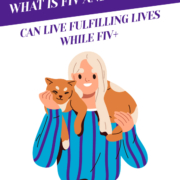


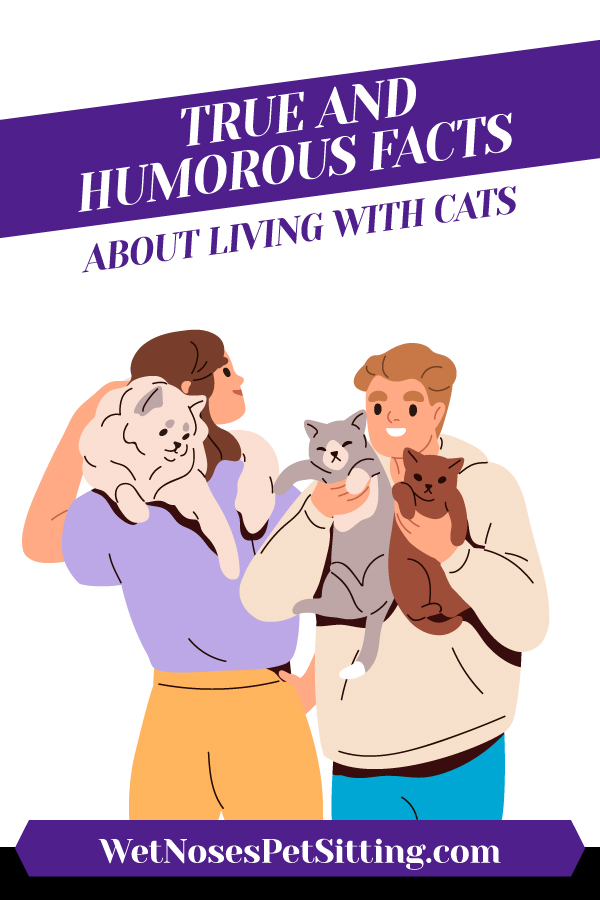
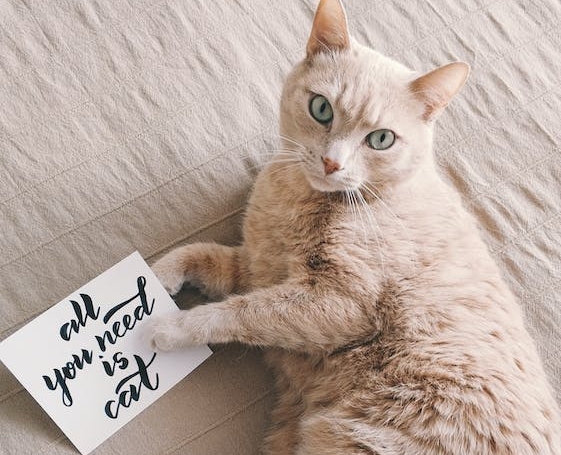
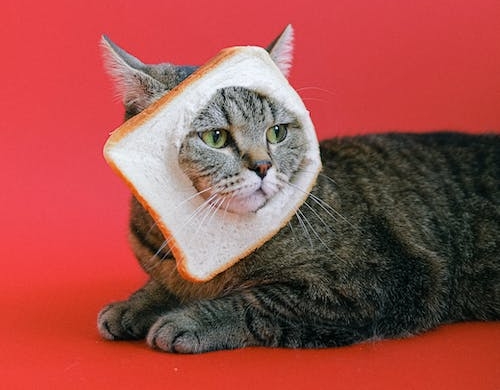

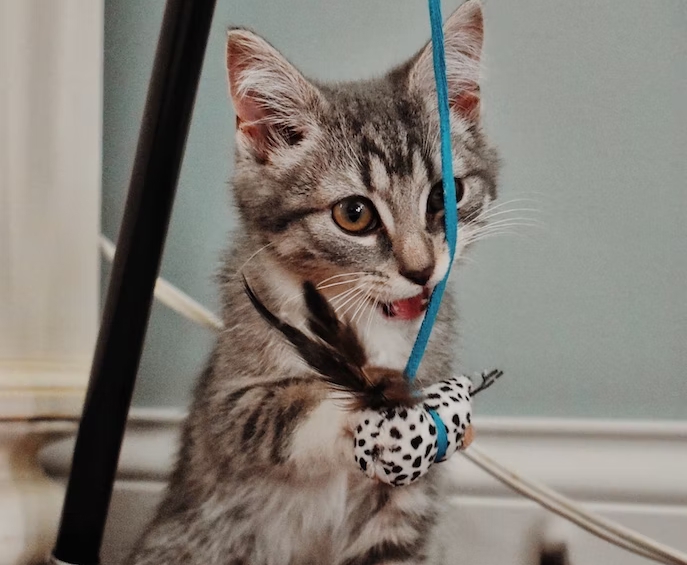
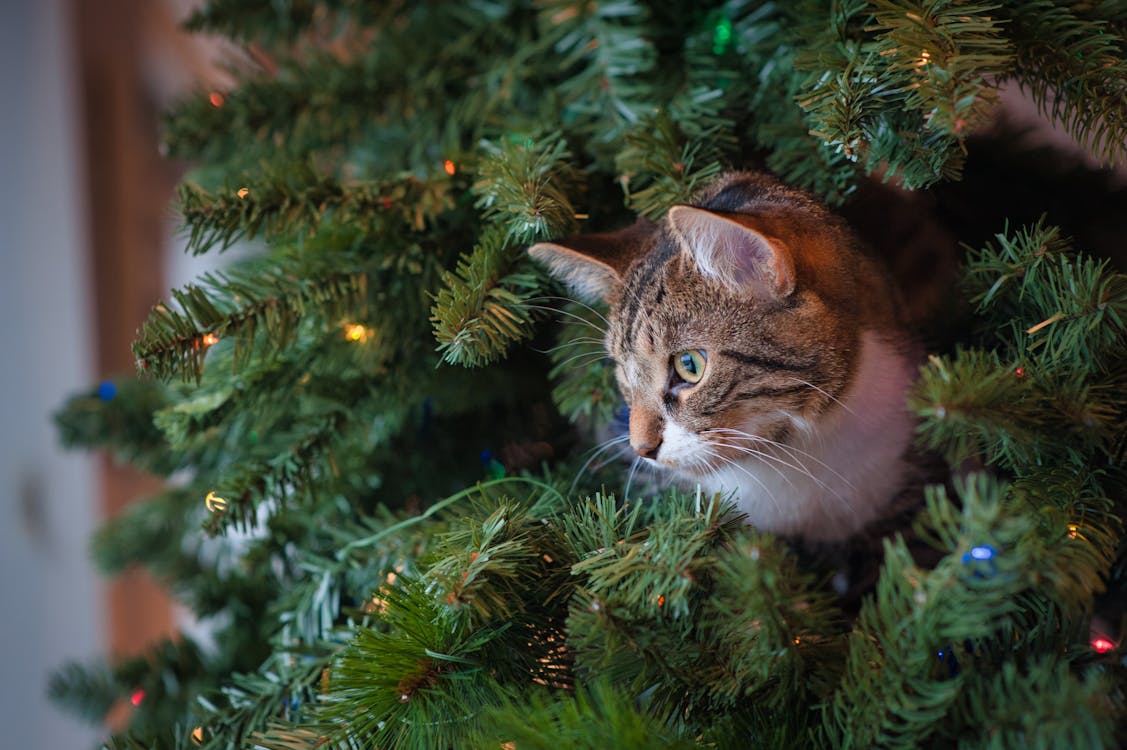
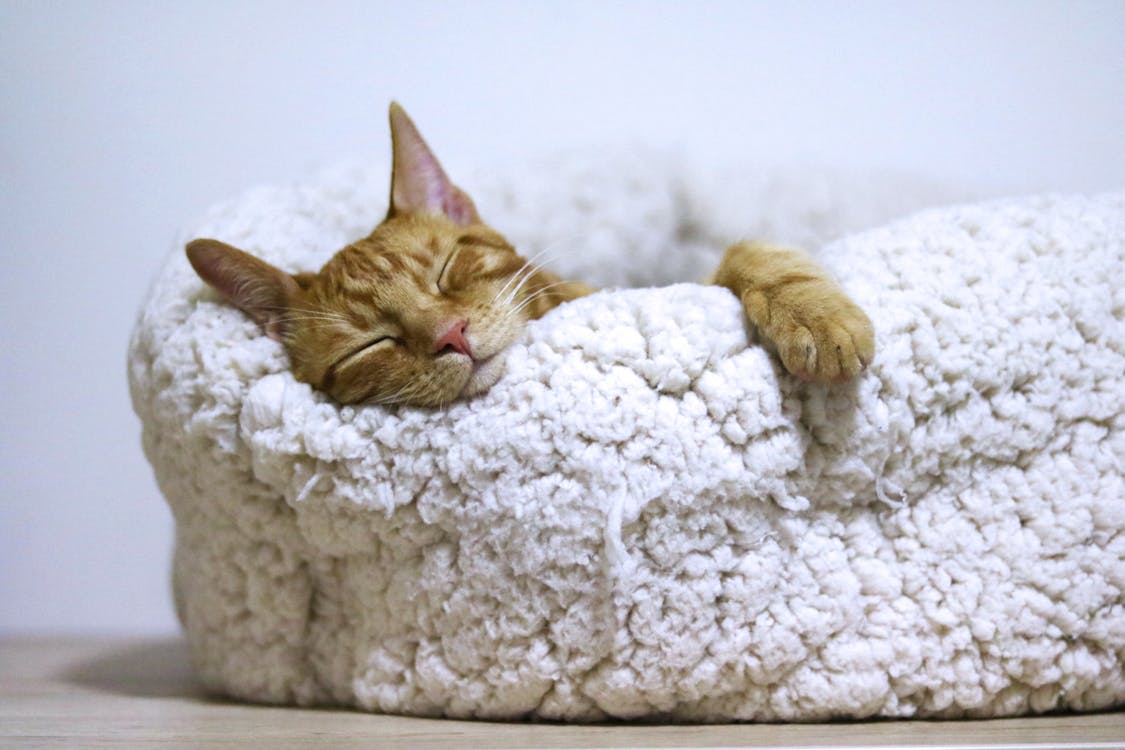
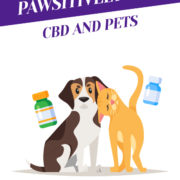
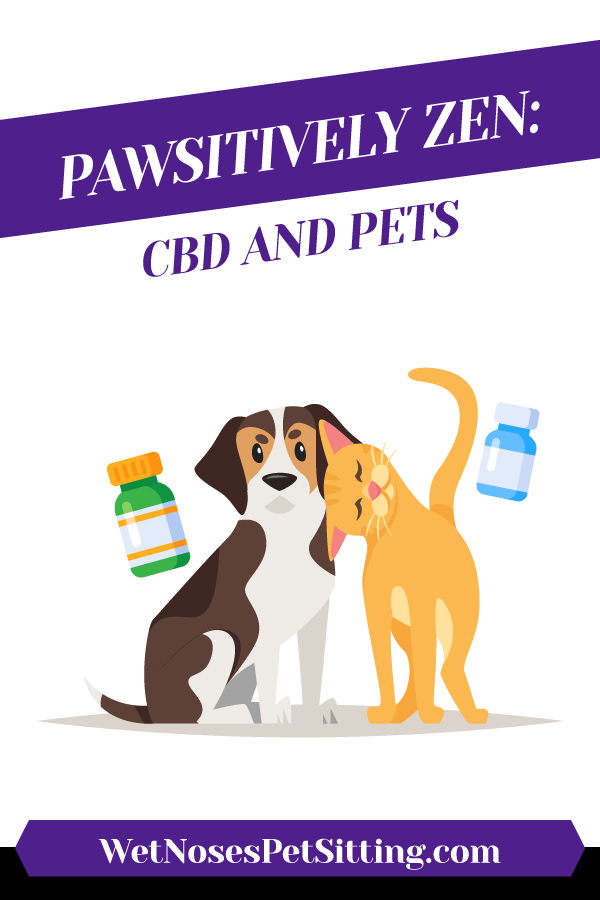
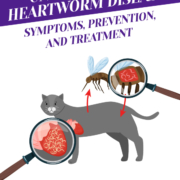
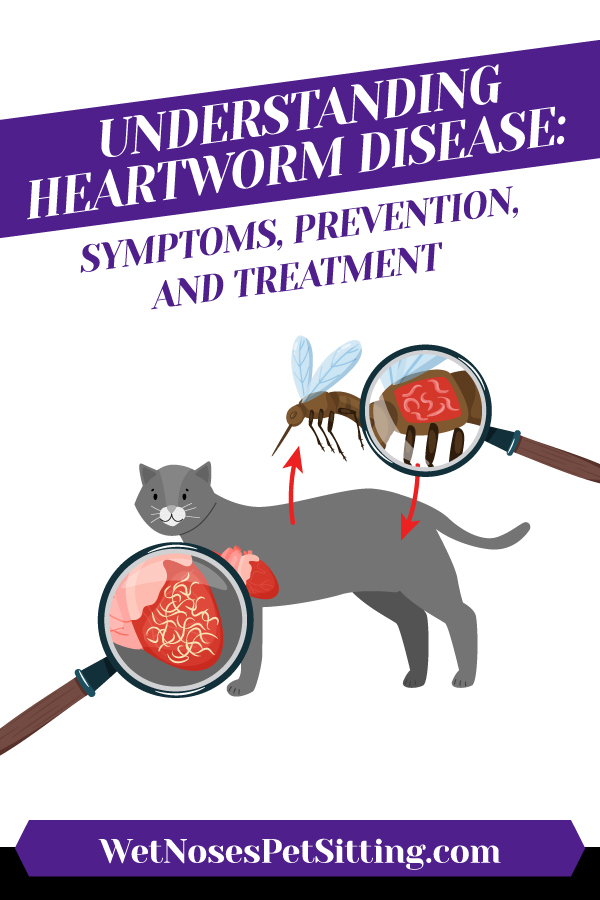


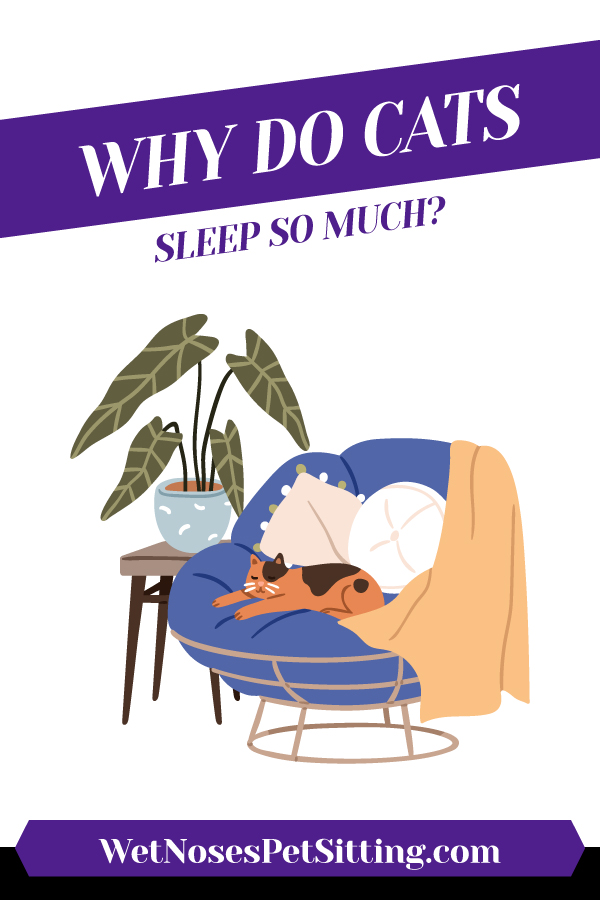
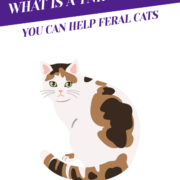
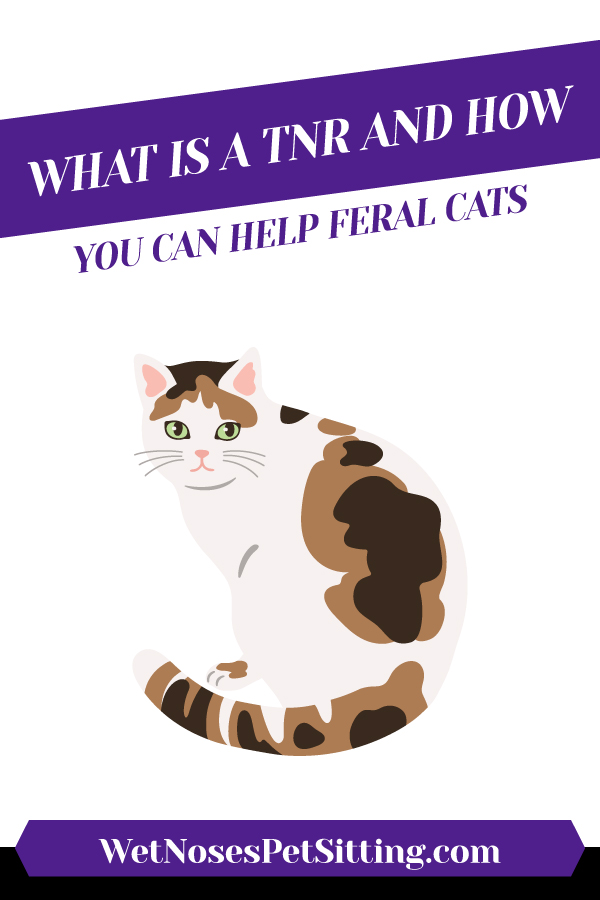
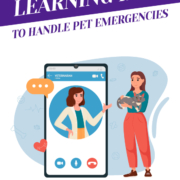
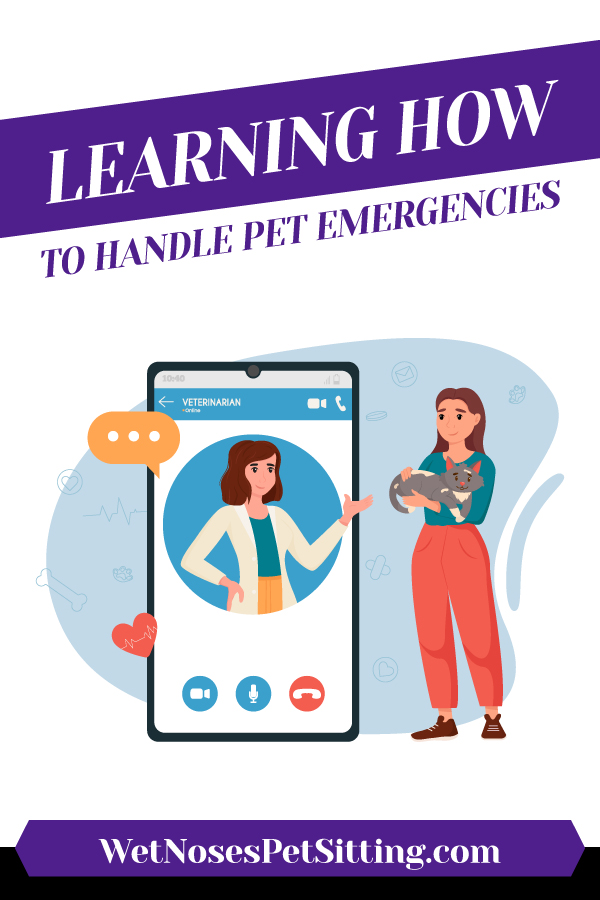
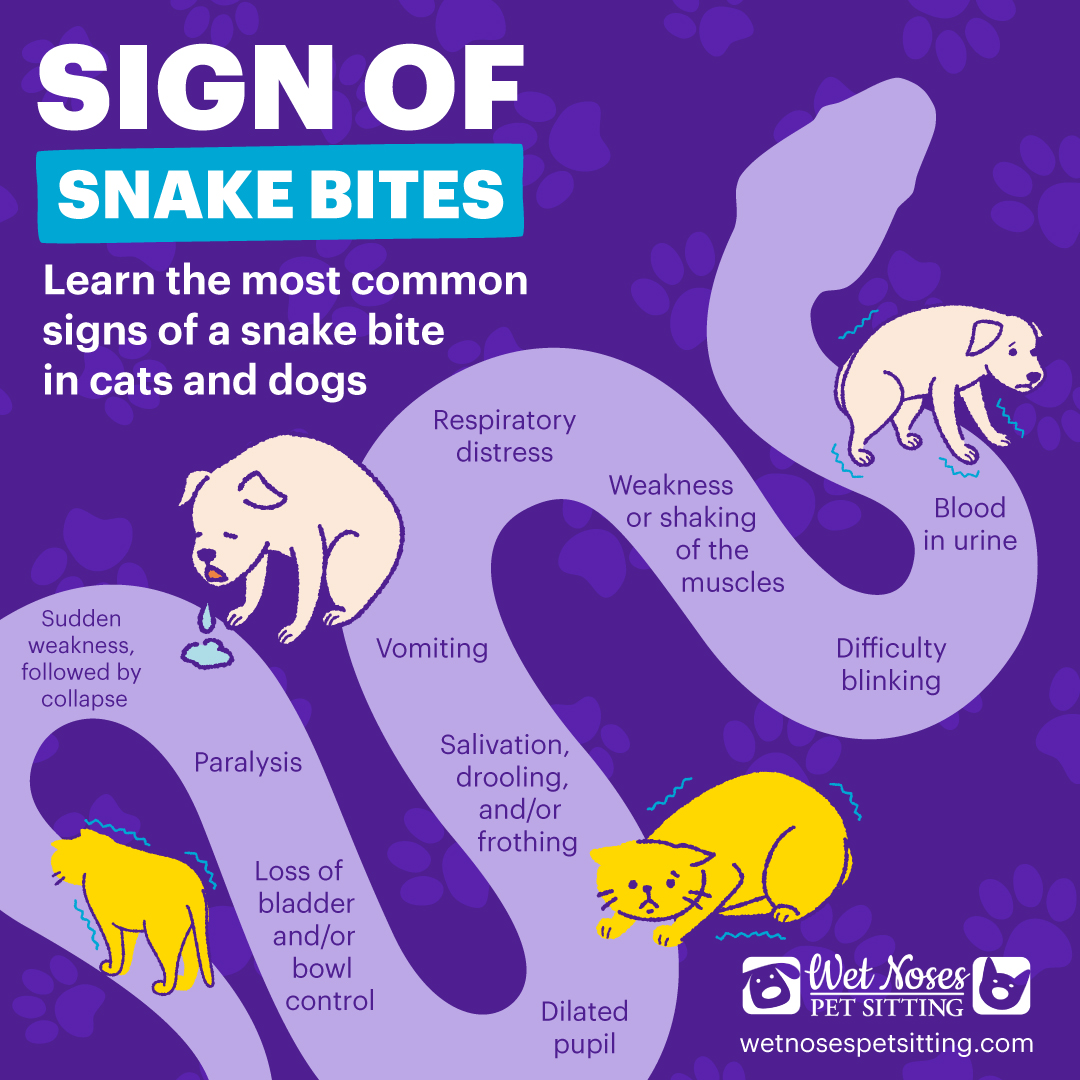







 5 Holi Safety Tips for Pets
5 Holi Safety Tips for Pets